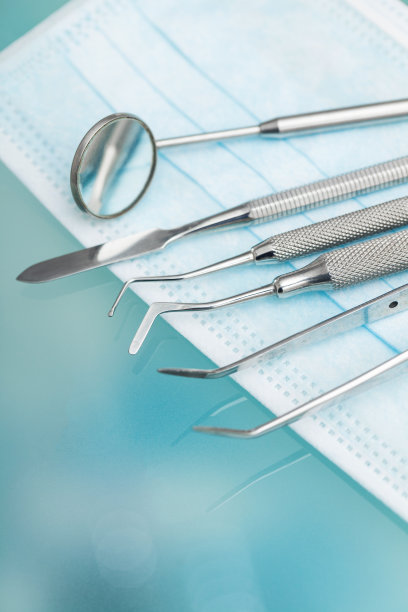The Essential Steps and Considerations for Safely Extracting a Tooth at the Dentists Office
Summary: Tooth extraction is a common dental procedure that requires careful planning and execution to ensure patient safety and comfort. In this article, we delve into the essential steps and considerations involved in safely extracting a tooth at a dentist’s office. These include assessing the tooth and surrounding structure, preparing the patient for the procedure, performing the extraction, and administering post-operative care. By understanding these critical aspects, both patients and dental professionals can ensure a smooth extraction process while minimizing potential complications.
1. Assessing the Tooth and Surrounding Structures

The first step in tooth extraction is a thorough assessment of the affected tooth along with its surrounding structures. The dentist will consider factors such as the tooth’s condition, the amount of decay or damage, and its position in the mouth. Digital X-rays may be utilized to get a clearer picture of the root structures and to determine if there are any underlying issues that could complicate the extraction.
Understanding the anatomy of the tooth and the surrounding bone is vital. In some cases, additional root structures or cysts may require special attention. This evaluation is crucial for planning the extraction approach, whether it be simple or surgical in nature. Being well-informed allows the dentist to anticipate any difficulties that may arise and address them proactively.
Additionally, the assessment will involve reviewing the patient’s medical history. Conditions such as diabetes, bleeding disorders, or use of medications like blood thinners can affect how extraction is performed. The dentist must ensure that all potential risks are accounted for before moving forward with the procedure.
2. Preparing the Patient for the Procedure
Preparation of the patient is a fundamental step in the extraction process. Once the assessment is completed, the dentist will inform the patient about what to expect. This includes discussing the type of anesthesia to be used, which can range from local anesthesia to sedation, depending on the complexity of the extraction and the patients anxiety levels.
The dentist will also provide preoperative instructions to ensure the patient is ready for the procedure. This may involve guidelines on eating and drinking prior to the appointment and advising the patient to arrange for someone to accompany them home if sedation will be used. Proper preparation helps minimize anxiety and ensures that the patient is in the best possible state for the extraction.
In some cases, dental professionals may recommend preliminary treatments, such as antibiotics, especially if an infection is present. This is to reduce the risk of complications during and after the procedure. Thorough preparation sets the stage for a successful extraction, addressing both physical and emotional aspects of the process.
3. Performing the Tooth Extraction
The actual tooth extraction process is a critical phase that requires precision and skill. Once the patient is comfortably settled and anesthetized, the dentist will perform the extraction using specialized tools. For simple extractions, a pair of forceps may suffice, while surgical extractions may require incisions and the removal of gum tissue.
During the extraction, the dentist pays close attention to the patient’s comfort. Monitoring vital signs and ensuring that the anesthesia is effectively managing pain are essential aspects of this step. If any complications arise during the extraction, such as excessive bleeding or difficulty in removing the tooth, the dentist is trained to respond quickly and appropriately.
Effective communication throughout the procedure is invaluable. The dentist may explain what they are doing at each step, reassuring the patient and providing updates about what to expect next. This transparency can help alleviate anxiety and create a more positive atmosphere during what might otherwise be a stressful experience.
4. Administering Post-Operative Care
Post-operative care is just as crucial as the extraction itself. After the procedure, the dentist will provide the patient with detailed instructions on how to care for the extraction site to promote healing and reduce the risk of complications. This typically includes guidelines on pain management, dietary restrictions, and signs of complications to watch for.
Patients are often advised to use ice packs to reduce swelling and to avoid strenuous activities for a few days following the extraction. Oral hygiene is still important; however, patients should be careful around the extraction site to avoid disrupting the healing process.
Follow-up appointments may be scheduled to monitor the healing progress. During these visits, the dentist can assess the recovery and address any concerns the patient may have. Providing thorough post-operative care instructions ensures that patients are informed and prepared to facilitate their own healing accurately.
Summary:
Understanding and implementing the essential steps and considerations for safely extracting a tooth is vital for both patients and dental professionals. From the initial assessment to the careful administration of post-operative care, each stage contributes to an efficient and safe extraction process. By prioritizing these elements, we can ensure the patients comfort and minimize complications effectively.
This article is compiled by Vickong Dental and the content is for reference only.



